How does the toilet on the plane work - meaning what happens when you flush the water

Air travel is undoubtedly one of the most comfortable and fastest forms of transportation in the world. However, using the toilet on board an airplane may raise some questions regarding the equipment, especially in terms of what happens to waste after each flush. How does the sewage system on board an airplane work and what processes take place to ensure cleanliness and safety in the passenger cabin?

It all starts with a vacuum sewage system, which sucks air from the toilet and seals it tightly, preventing any gas or odor from escaping. Then, when the flush button is pressed, waste is transferred to a chemical tank located at the back of the plane. This tank is filled with a special disinfectant fluid, which helps control odor and neutralize the contents of the tank.
It is important for the chemical tank to be regularly emptied, as it has limited capacity. For long-distance flights, chemical tanks must be planned to avoid the need for replacement during the flight. In some aircraft, such as the Airbus A380, chemical tanks have a capacity of up to 1800 liters, allowing for longer flights without the need for replacement.

The main goal of the sewage system on board an airplane is to ensure safety and hygiene in the passenger cabin. For this purpose, aircraft manufacturers design systems and chemical tanks that allow for odor control and purification of contents. Waste must be treated in accordance with hygiene requirements to prevent the spread of bacteria and other harmful substances.
One of the challenges faced by aircraft manufacturers and airline operators is the issue of limited capacity of chemical tanks. Therefore, tank replacement is one of the regular maintenance procedures for an aircraft.
It is also important to remember that using the toilet on board an airplane requires certain rules of conduct. Passengers should avoid throwing objects into it that can clog pipes or suction systems, such as tissues, paper towels, or plastic packaging. Only toilet paper should be disposed of in the toilet, as in case of a malfunction in the sewage system, it can cause significant discomfort and unpleasant odor in the passenger cabin.
To ensure maximum safety and hygiene, the cabin crew conducts regular sanitary and hygienic checks on board the airplane, including in the toilets. Toilets on board an airplane are equipped with special systems that allow for maintaining a high level of hygiene and cleanliness.
It is also worth noting that using the toilet on board an airplane is only possible during the flight. During takeoff and landing, the cabin crew requires passengers to fasten their seat belts and reminds them to remain seated and hold onto the appropriate handles. The toilets are then locked to prevent any accidents and ensure the maximum safety of passengers.
In summary, every flush in the toilet on board an airplane is a complicated challenge for the entire sanitary sewage system. Thanks to specially designed systems and chemical tanks, which provide odor control and content purification, using the toilet on board an airplane can be safe and hygienic. However, it is also important to follow proper guidelines, including avoiding throwing objects into the toilet that can clog pipes or suction systems. In this way, the cabin crew and airline operators can ensure the highest level of safety and hygiene in the passenger cabin, contributing to the comfort and satisfaction of passengers during each flight.
Author: Marcel Apola
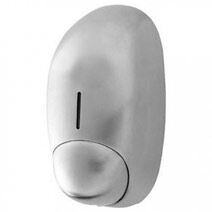

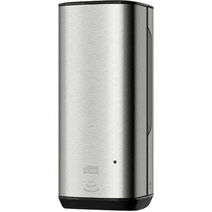
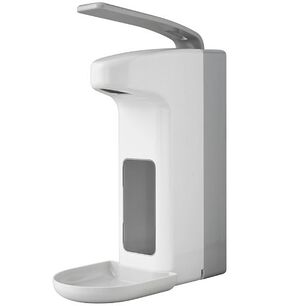

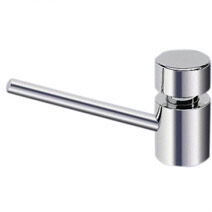
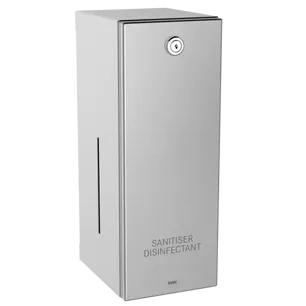

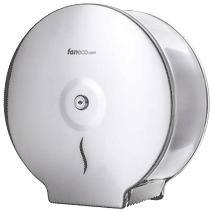

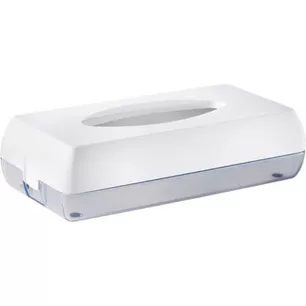
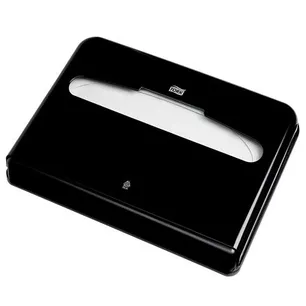
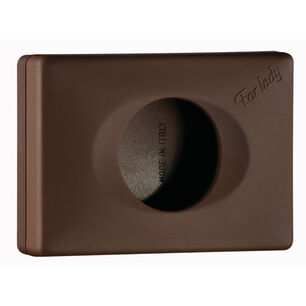
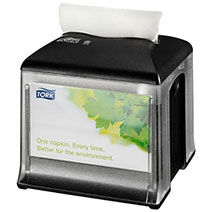

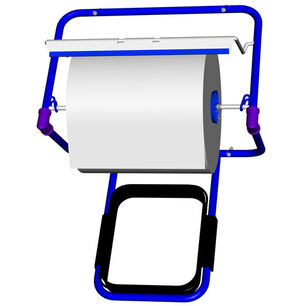
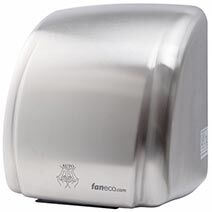
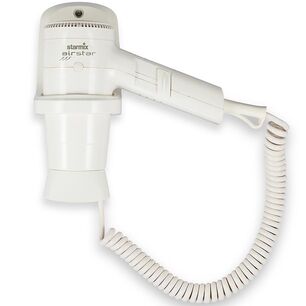
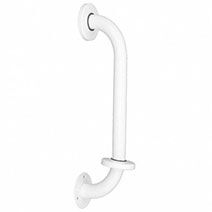
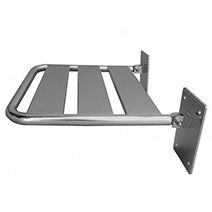
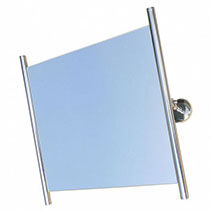
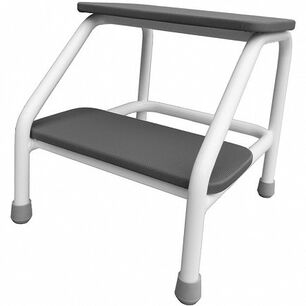
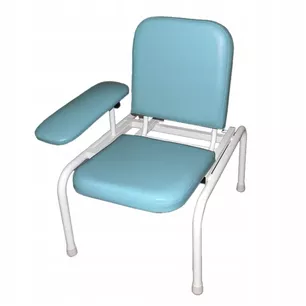




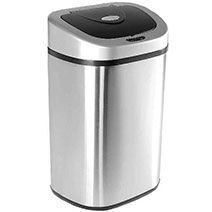
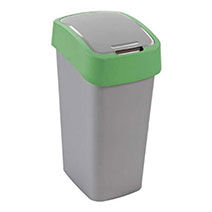
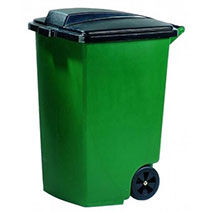


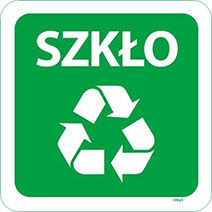

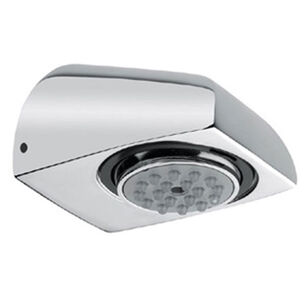
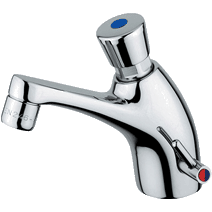
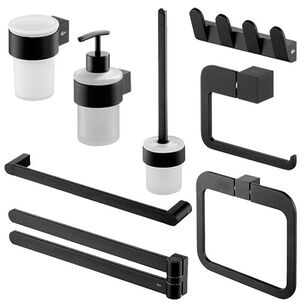
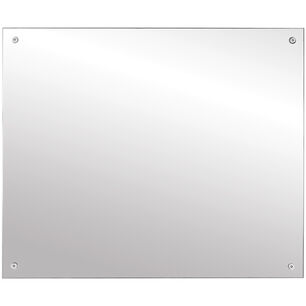
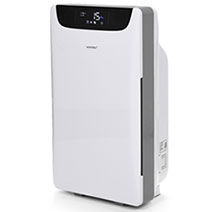
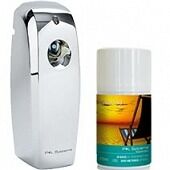

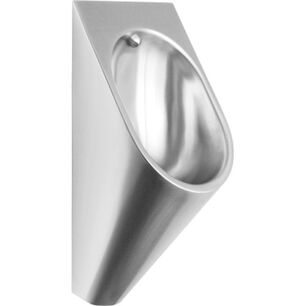
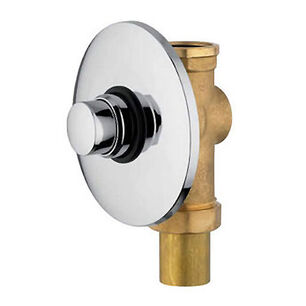
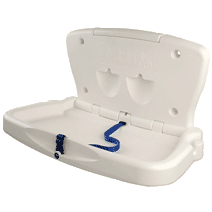
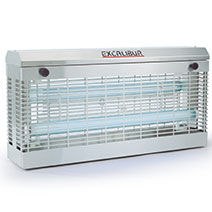

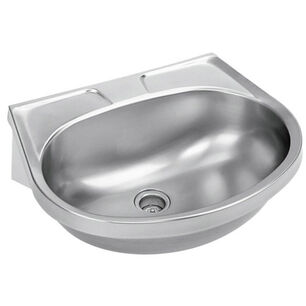
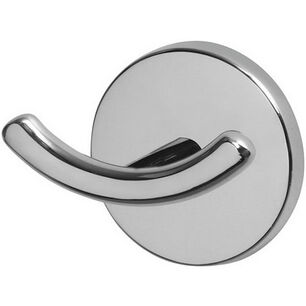
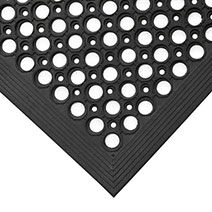
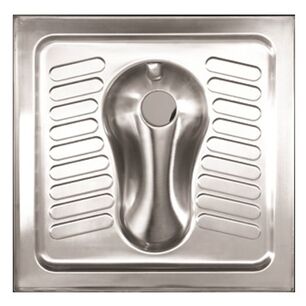
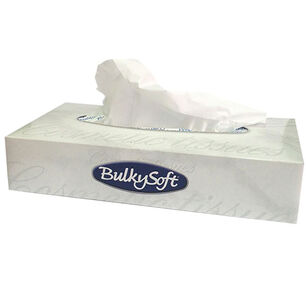
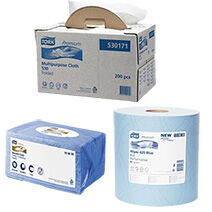



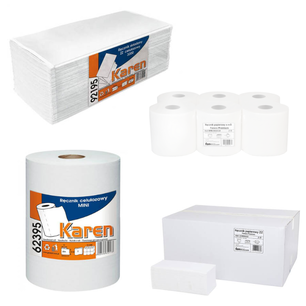
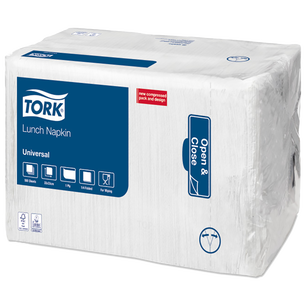
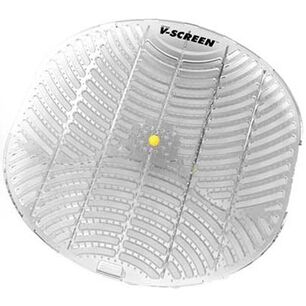
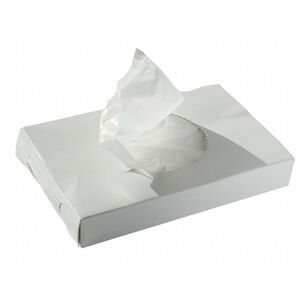
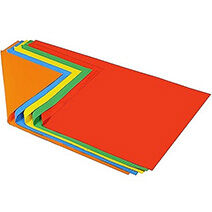
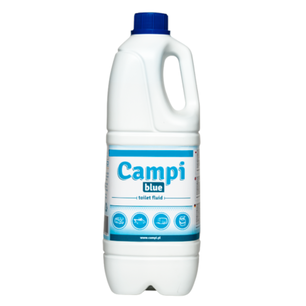
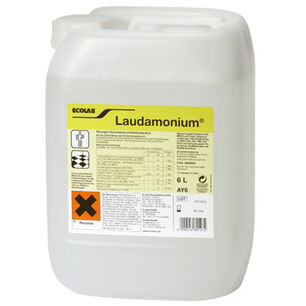
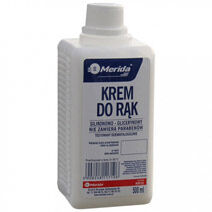
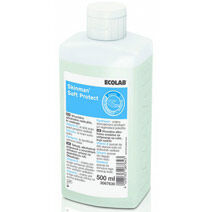
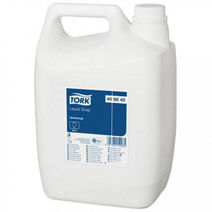
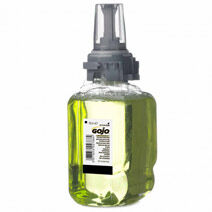

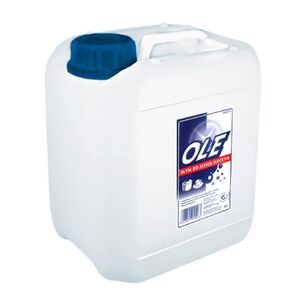

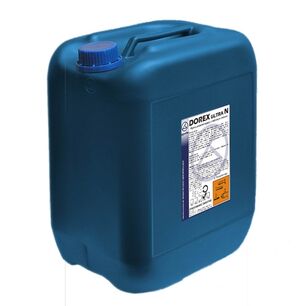
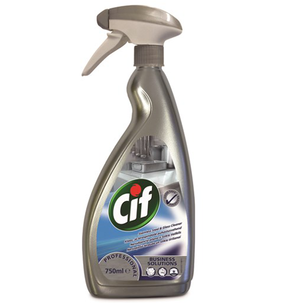
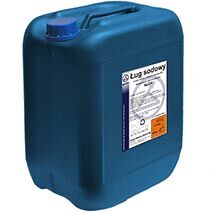

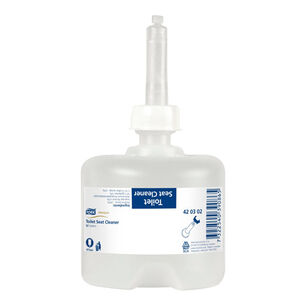
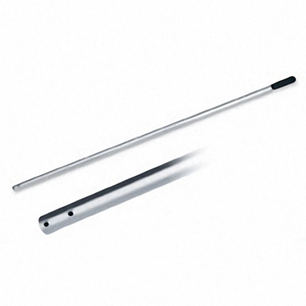
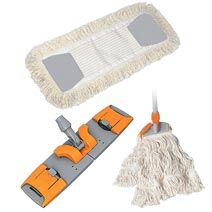

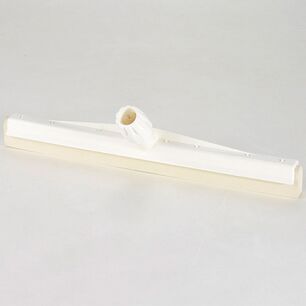

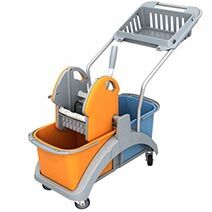


 Polski
Polski
 Czech
Czech
 German
German
 Spanish
Spanish
 Slovak
Slovak